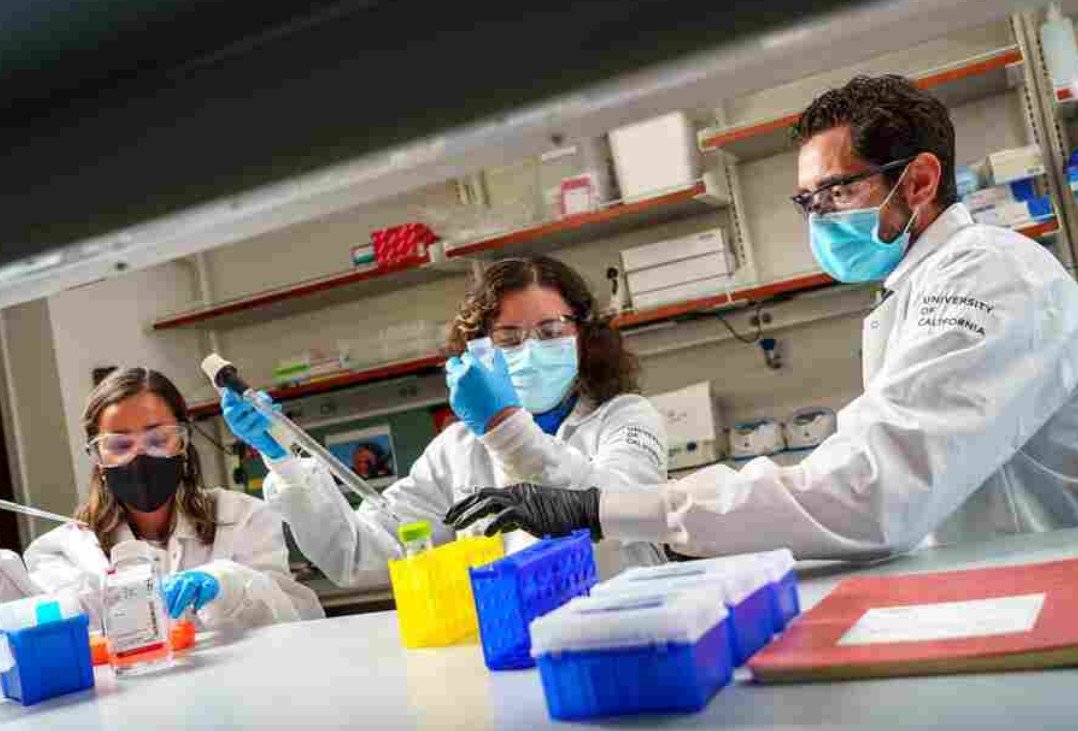The cannabis industry faces growing pains with current testing frameworks, sparking calls for a more reliable and transparent system.
Cannabis suppliers are required to have their products lab tested before they hit the market. Sounds straightforward, right? Well, not quite. The current system allows some suppliers to game the system, presenting more favorable test results that don’t accurately reflect their products. This misrepresentation can mislead consumers and undermine trust in the industry.
Here’s how it works now:
- Licensed Labs: Regulators license independent labs to conduct product testing.
- Sampling Process: Lab technicians visit suppliers’ sites, select samples from batches tagged with tracking systems like METRC, and perform tests.
- Reporting Results: Test results are recorded in METRC and sent back to suppliers, who then pay the labs.
- Consumer Transparency: Suppliers sell lab-tested products, providing results to customers upon request.
But here’s the kicker: suppliers pass the cost of testing onto consumers through higher prices. So, when we say “suppliers pay for testing,” it’s really the consumers footing the bill.

The Lab Shopping Dilemma
For years, the cannabis industry has grappled with “lab shopping” — suppliers hopping between labs to find those willing to produce favorable results. Whether it’s inflating THC levels or downplaying the presence of pesticides and mold, this practice compromises product integrity. The obvious solution? Identify and shut down labs that produce inaccurate results. Simple, right? Not so much.
A New Layer of Deception
Trent Hancock, a seasoned cultivator, points out a deeper issue. Suppliers are sending clean or high-THC samples to labs but selling inferior products to consumers. It’s like sending a flawless resume to get a job but performing poorly once hired. This method doesn’t require labs to be complicit in fraud, making it harder to detect and combat.
The Cost of Inaccuracy
When test results don’t reflect the actual product, consumers are left in the dark. They might believe they’re getting a high-quality product with potent effects, only to be disappointed. This discrepancy not only harms consumers but also tarnishes the reputation of the entire cannabis industry. Trust is crucial, and once it’s broken, rebuilding it is an uphill battle.
Introducing a Robust Alternative Framework
So, how do we fix this mess? An alternative framework is proposed to tighten the testing process and reduce the incentives for suppliers to misrepresent their products. Here’s the gist:
- Increased Testing Costs: By raising the cost of testing, suppliers will have less incentive to engage in fraudulent practices. Higher costs mean only serious, legitimate businesses can afford to comply.
- Randomized Sampling: Instead of suppliers presenting samples, labs should conduct randomized sampling to ensure unbiased results. Think of it as surprise inspections that keep suppliers on their toes.
- Transparent Reporting: Test results should be made publicly accessible in real-time. This transparency allows consumers to verify the quality of the products they’re purchasing.
- Strict Penalties: Implement harsher penalties for suppliers caught manipulating test results. The fear of severe consequences can deter fraudulent behavior.
- Third-Party Audits: Introduce independent audits of labs to ensure they maintain high standards and integrity in their testing processes.
Breaking Down the Numbers
Let’s talk numbers. The cannabis market is booming, with global sales expected to hit $33.6 billion by 2025. But with this rapid growth comes the responsibility to maintain quality and safety. Investing in a better testing system not only protects consumers but also fosters long-term industry sustainability.
Consider this table showcasing the potential impact of the proposed framework:
| Aspect | Current System | Proposed Framework |
|---|---|---|
| Cost of Testing | Passed to consumers | Higher costs discourage fraud |
| Sampling Method | Supplier-selected | Randomized, unbiased sampling |
| Result Transparency | Limited to suppliers and consumers | Publicly accessible, real-time reporting |
| Penalties for Fraud | Minimal | Strict, significant penalties |
| Lab Oversight | Basic regulatory checks | Comprehensive third-party audits |
Voices from the Ground
Steven Stairs, a longtime advocate for cannabis, isn’t shy about his thoughts on the matter. “The current system is ripe for abuse. Suppliers find loopholes, and consumers suffer as a result,” he says. Stairs believes that a more stringent framework could restore trust and ensure that only quality products reach the market.
On the flip side, some suppliers worry about the increased costs and stricter regulations. “We understand the need for quality, but there’s a fine line between regulation and overreach,” says Maria Lopez, owner of a mid-sized cannabis brand. She argues that while improvements are necessary, the system shouldn’t become so burdensome that it stifles growth and innovation.
The Path Forward
Implementing a better testing system won’t be easy. It requires collaboration between regulators, labs, and suppliers. But the benefits are clear. Enhanced transparency and accountability can lead to a more trustworthy industry, benefiting everyone from growers to consumers.
Imagine a future where every cannabis product on the shelf has a verified, accurate test result accessible to the public. Consumers can make informed choices, and suppliers are held to high standards of honesty and quality. It’s a win-win scenario that could elevate the entire industry.
Potential Challenges
Of course, no solution is without its hurdles. Increased testing costs might strain smaller suppliers, potentially leading to market consolidation where only big players can afford compliance. There’s also the challenge of implementing and maintaining third-party audits, ensuring they remain unbiased and effective.
Moreover, transitioning to a new system requires time and resources. Stakeholders must be willing to invest in the change and work together to address any issues that arise during the implementation phase.
Community Impact
Beyond the business side, a better testing system can have positive community impacts. Reduced product fraud means safer products for consumers, which is especially important for medical users relying on cannabis for their well-being. It also helps in combating the stigma associated with cannabis by demonstrating a commitment to quality and safety.
Looking Ahead
The cannabis industry stands at a crossroads. With the right measures, it can overcome current challenges and set new standards for product quality and consumer trust. A revamped testing system is a crucial step in this direction, ensuring that the industry’s growth is sustainable and beneficial for all parties involved.
Michael Brown is a seasoned journalist with a knack for uncovering compelling stories within the realm of cannabis. Through his investigative reporting and in-depth analysis, he sheds light on the regulatory challenges, market trends, and societal impacts of the burgeoning cannabis industry. Michael’s commitment to objective journalism and ethical reporting makes him a trusted voice in providing readers with balanced and informative articles about this rapidly evolving landscape.








